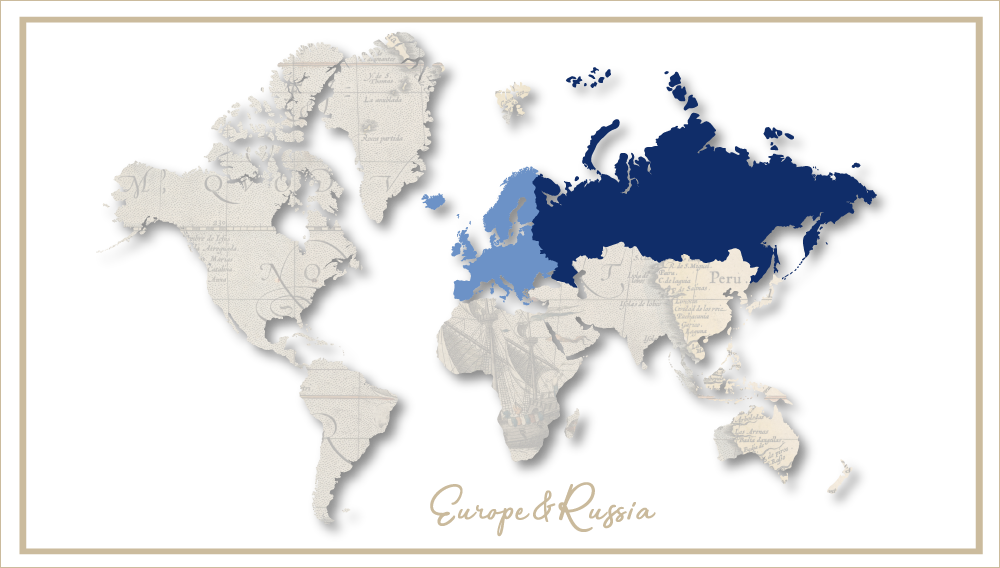Micro plastic allegedly found in bottled water and beer
What a squib. On 2 June 2014 German public media NDR.de reported that hazardous microplastics have been found in Germany’s best-selling mineral water and beer brands. How did the public react? They probably opened another bottle of beer.
The TV broadcast claimed that German mineral waters and beers are partly contaminated with microscopically small plastic fibres. According to researchers enlisted by the programme, these microplastics can originate from textiles, from so-called fleece. Fleece itself is made from recycled plastic bottles. These fibres seem to make it into the environment through waste water. How they are supposed to get into the beverages was not really explained. The programme said further that these microplastics can be found in the best-selling beer and water brands.
According to the programme, microplastics are an environmental issue. Whether they pose a risk to humans scientists don’t know yet.
When the programme makers approached the German Federal Ministry for the Environment and the Federal Ministry of Food, both said that the issue did not fall within their authority and referred the journalists to the other department.
The German Brewers’ Association was quick to respond and said that research by the Technical University of Munich had found no such fibres in the beers and mineral waters in question.
If the programme makers thought that by scandalising the issue of microplastics in German beer and mineral water they could draw the public’s attention to a much more pressing environmental problem – that of microbeads – they were misguided.
Which is unfortunate. Because microbeads are a problem. Microbeads can be found in toothpaste, facial scrubs and shower gels. Environmentalists say that one bottle of facial cleanser may contain as many as 300,000 plastic microbeads, which are used to help exfoliate and cleanse the skin. While these beads are harmless to human health when used as part of a beauty regimen, once they’re flushed down the drain, they can clog up local waterways because they are too small to be sifted out at sewage treatment plants.
As the Guardian newspaper wrote in 2012, microbeads now bob around the high seas where the plastic becomes a persistent pollutant. As sea temperatures are low, plastic does not biodegrade; it is also ingested by wildlife. How could they avoid it? In some seas plastic fragments are more plentiful than plankton.
Seems like Germany’s publically funded TV hacks defeated their purpose.


